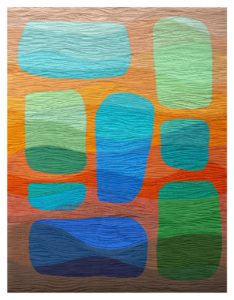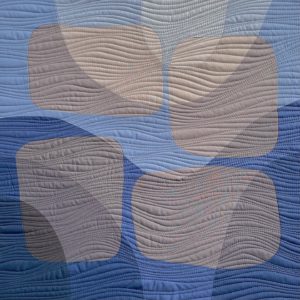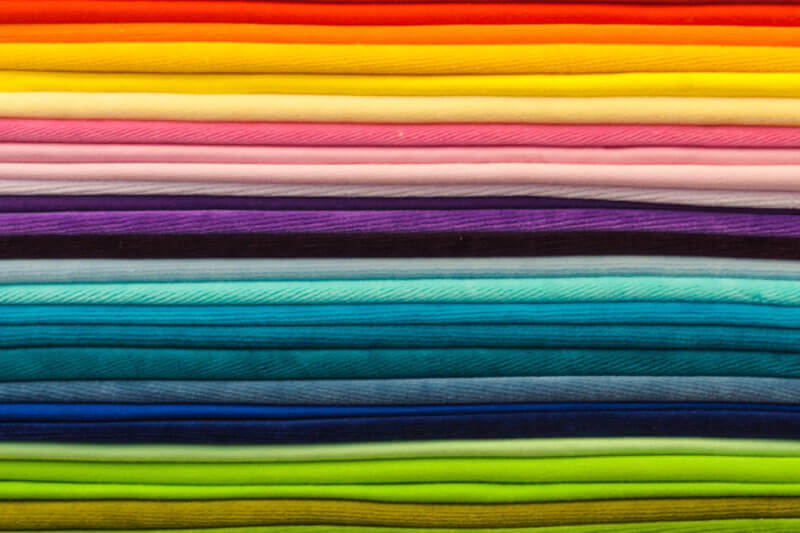Color is an important element in all types of art. In works of art, artists use color to describe and give life to the subject. Colors articulate mood, light, depth, and even a point of view. Let’s take a look at some of the ways that you can achieve balance, emphasis, and depth in your paintings.

Creating depth
If you look up ”depth” in any dictionary, it carries many meanings. Depth, in its most basic form, describes the distance from the top to bottom of something. Depth also describes the “intensity or extremity” of emotion that can be conveyed by a person or an object. In paintings, depth is the distance between the background and foreground of a composition.
If you are working with a quilt, value is often the best way to create depth. A lighter color value can make the focus of your quilt appear closer. Darker color values can be used to create distance between different objects in your quilt or be used to create distance between the viewer and the subject in your quilt. Lighter values can make the focal point of your quilt more apparent and closer to the viewer.

Creating emphasis
Emphasis, in art, is also achieved through the subtle use of color value. Let’s say that you have picked red as one of your focus colors and want to shift gradually to orange. A gradual shift to orange through the lighter values of red will help smooth the transition over to that orange.
Creating balance
Balance, like the other elements discussed above, can be achieved with further manipulation of color value. Let’s say that you have an area of your quilt that has a large area of your primary color. You can use different color values to adjust balance in the overall appearance of your quilt to transition the design over to your other colors.
How to learn the nuances of color when you approach quilting
When you are trying to learn how to create balance, emphasis, and depth in your quilts, developing a background in color theory can be helpful. There are several books on color theory that will help you learn the basics of color theory. When applying color theory to your quilting techniques, you could also try our Befriending Colors course for quilters.



